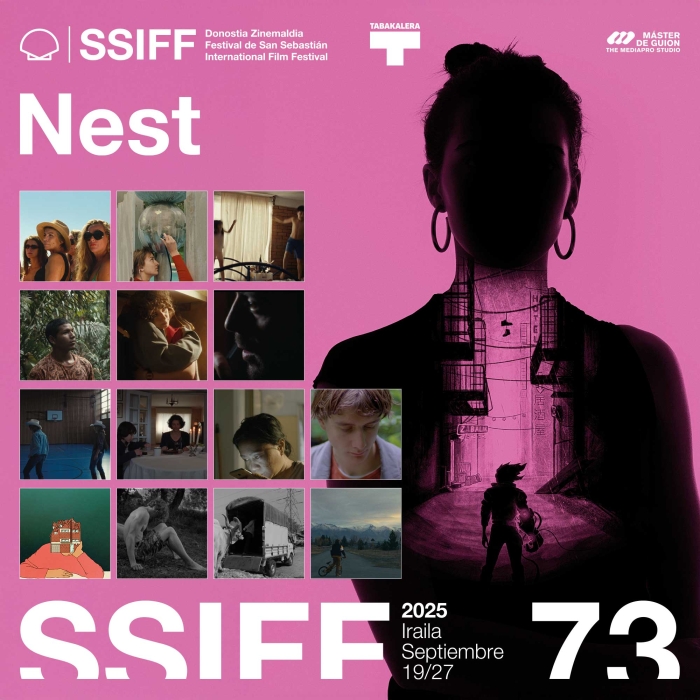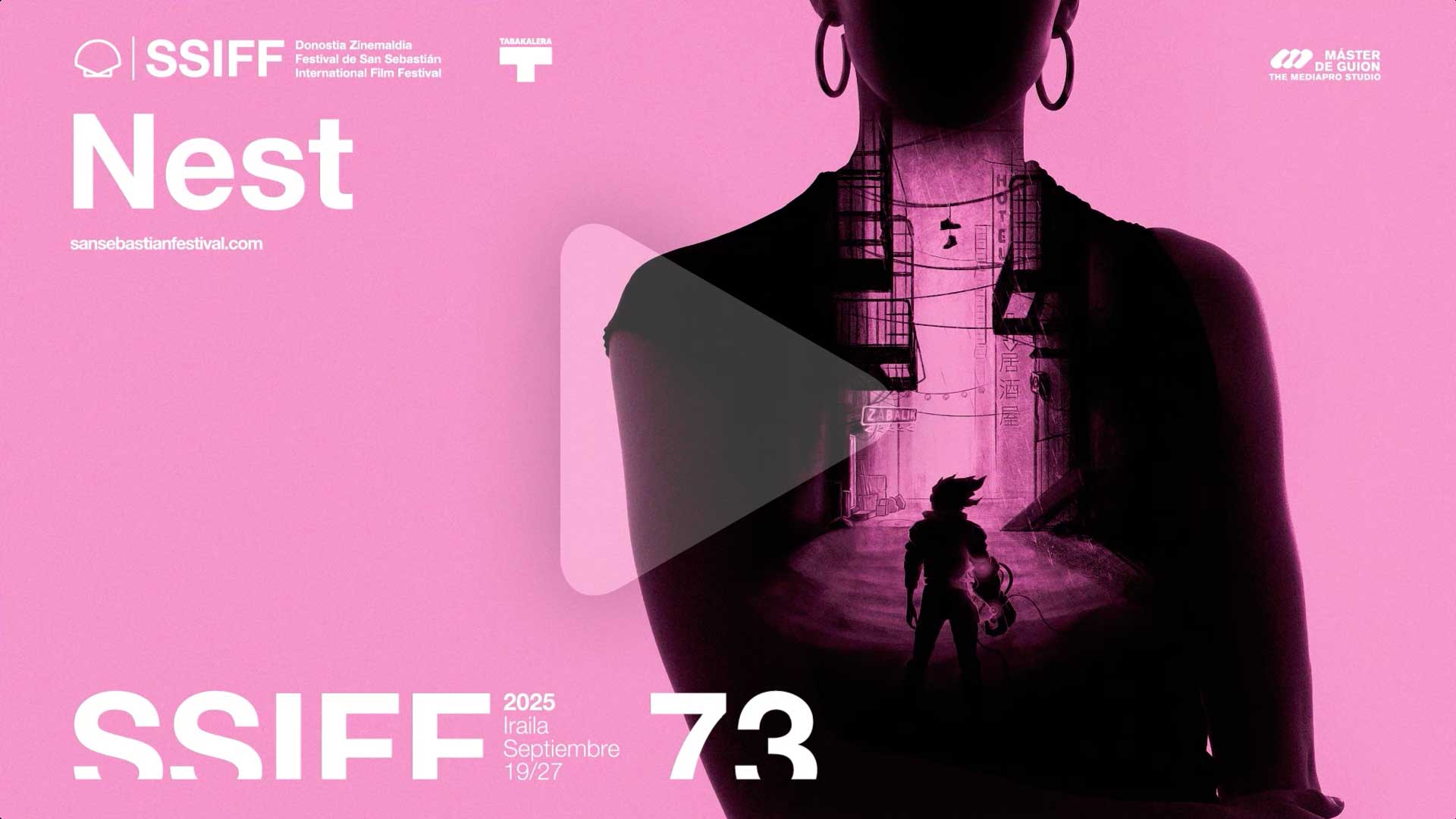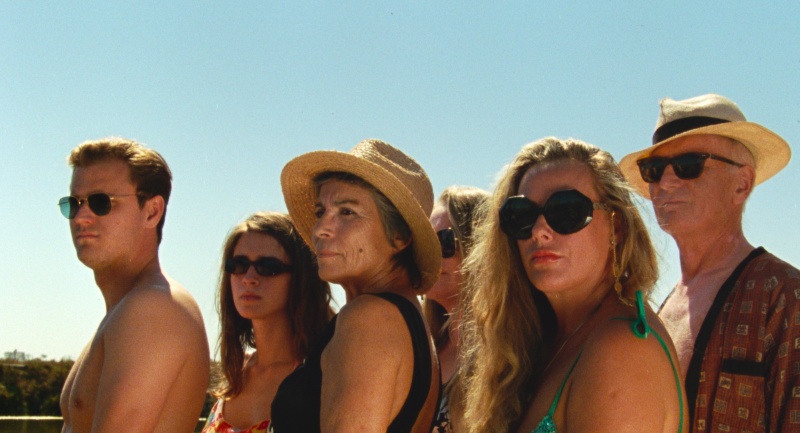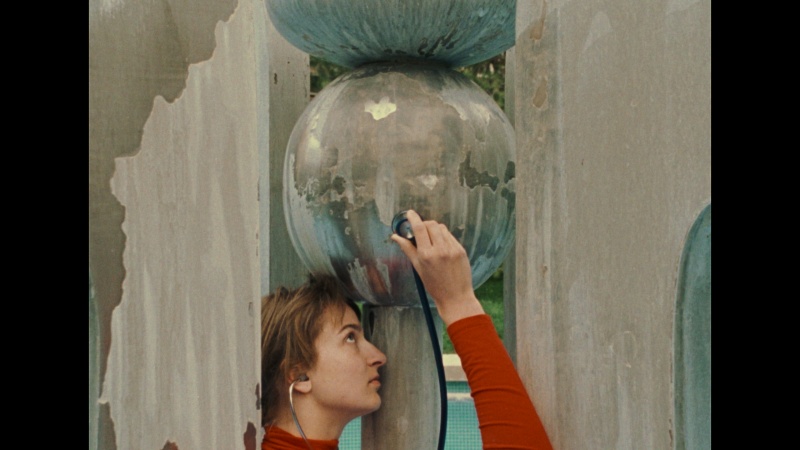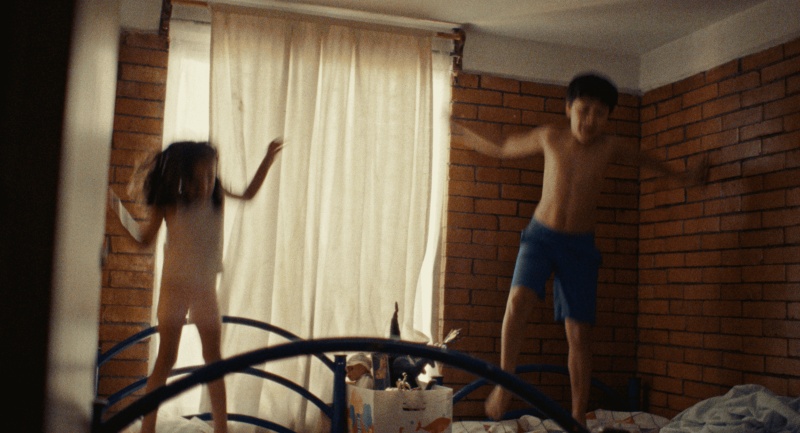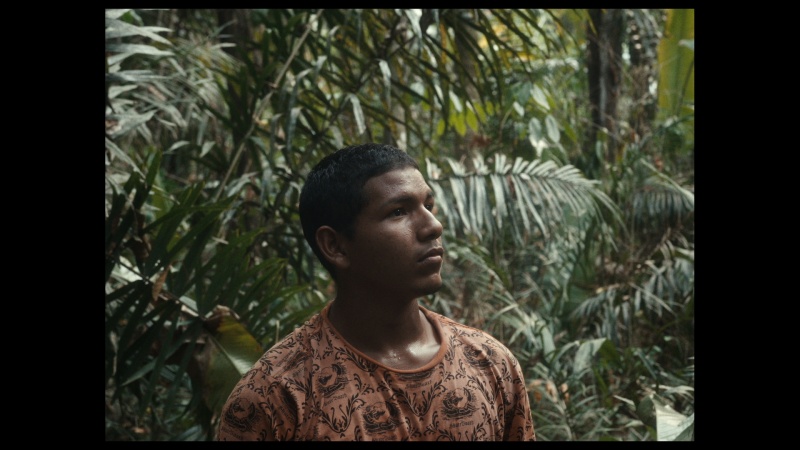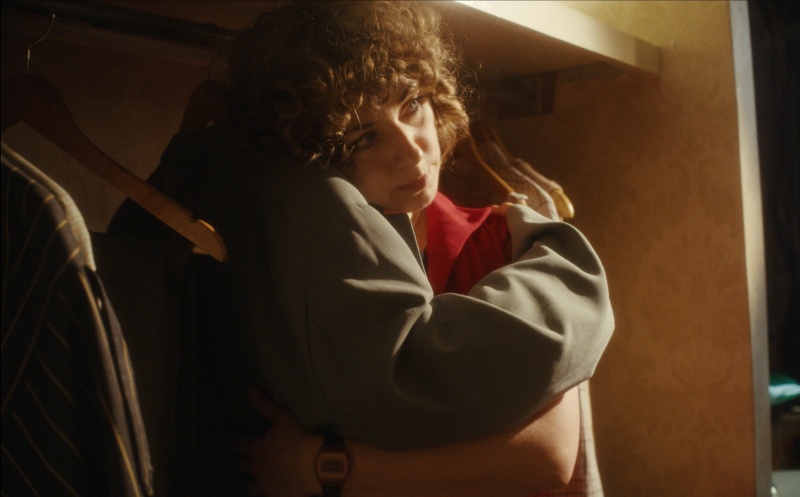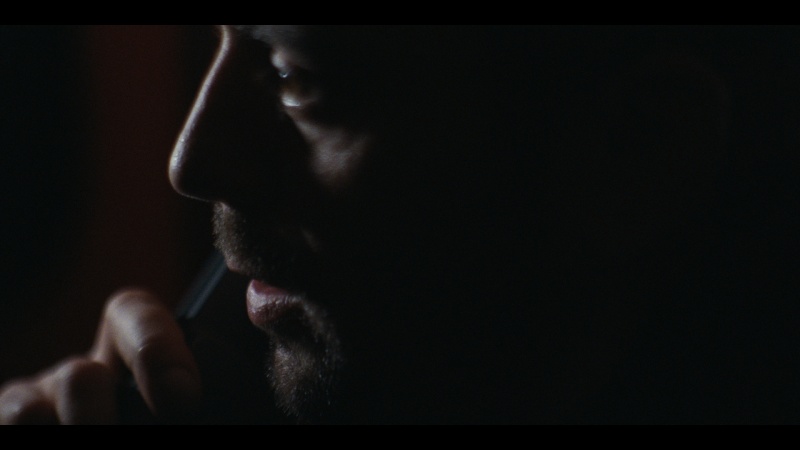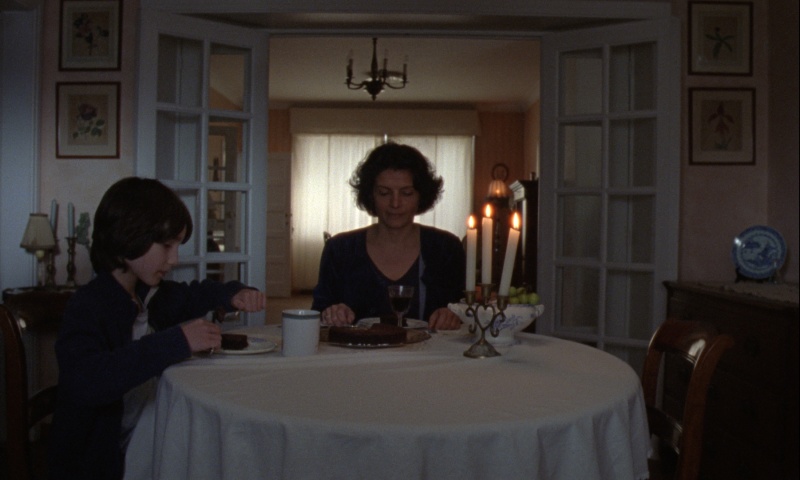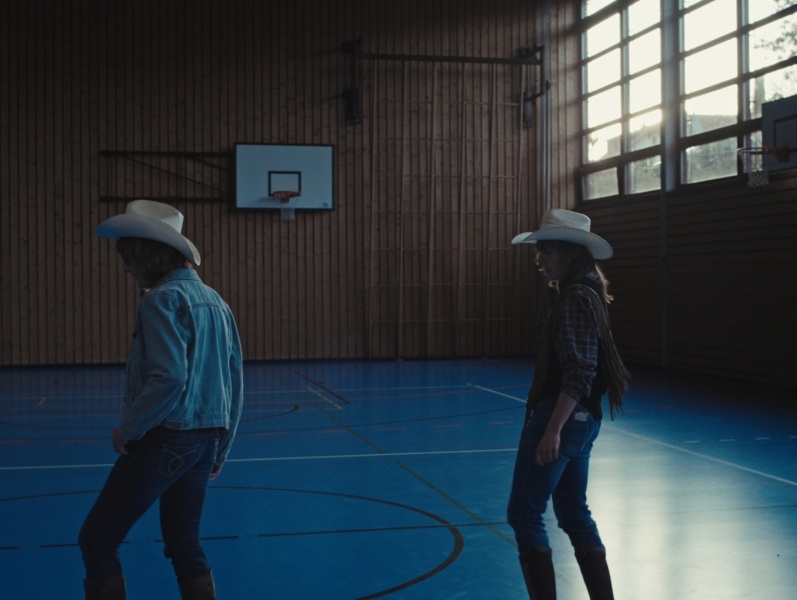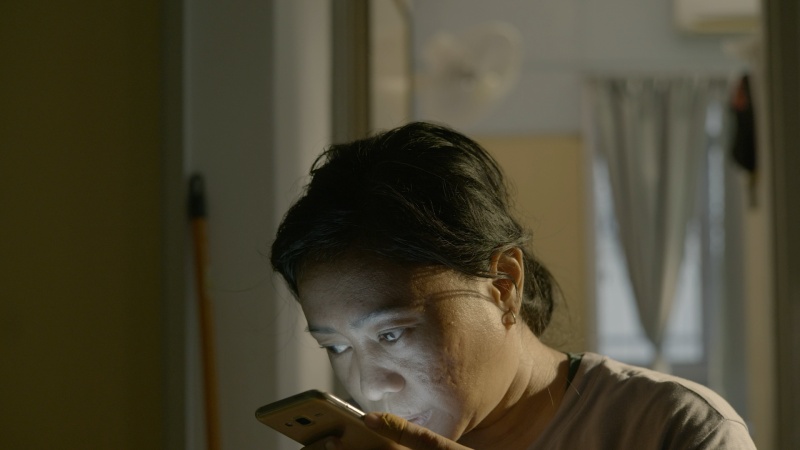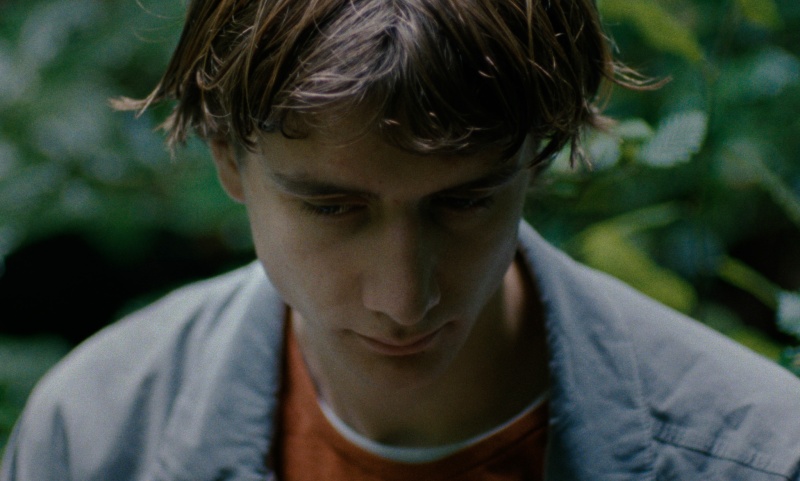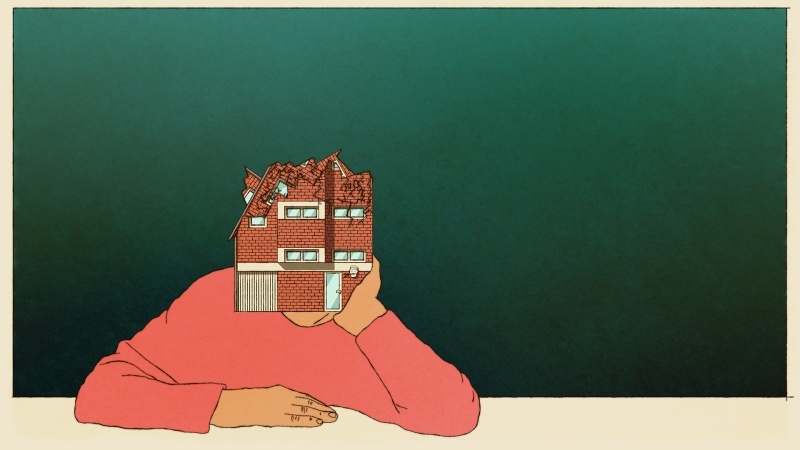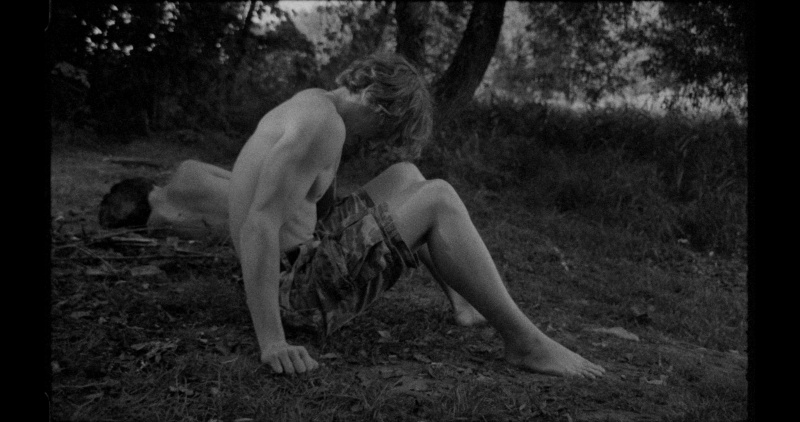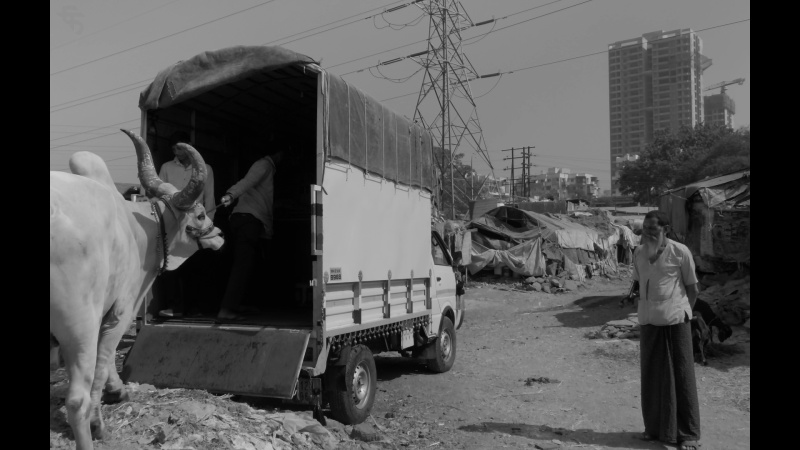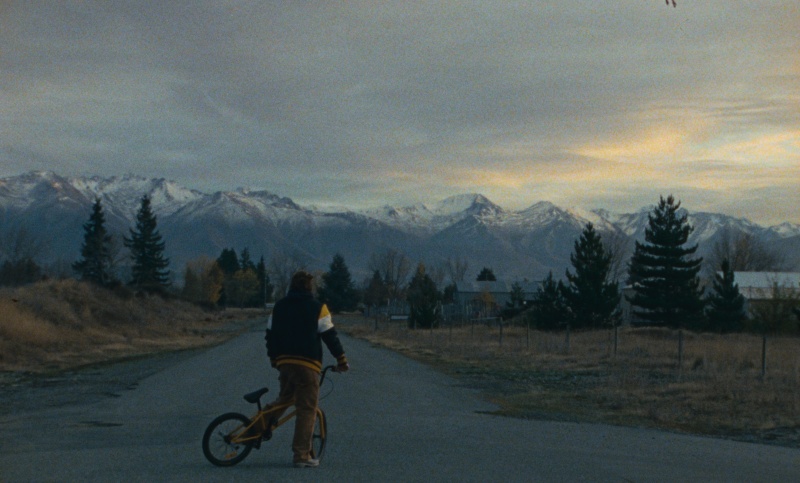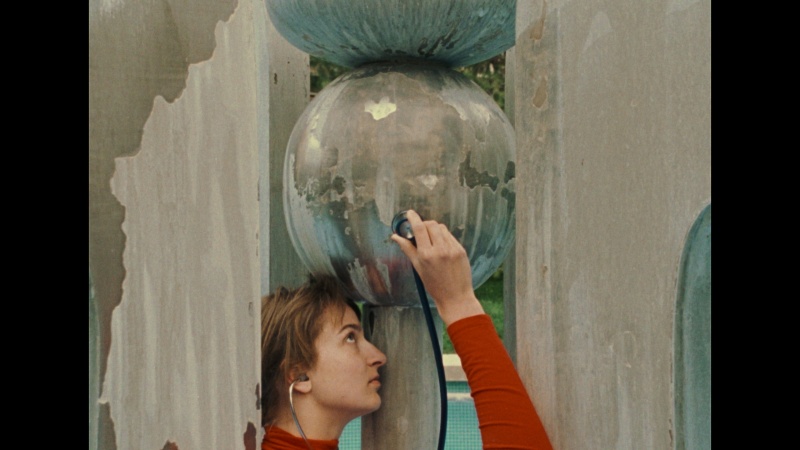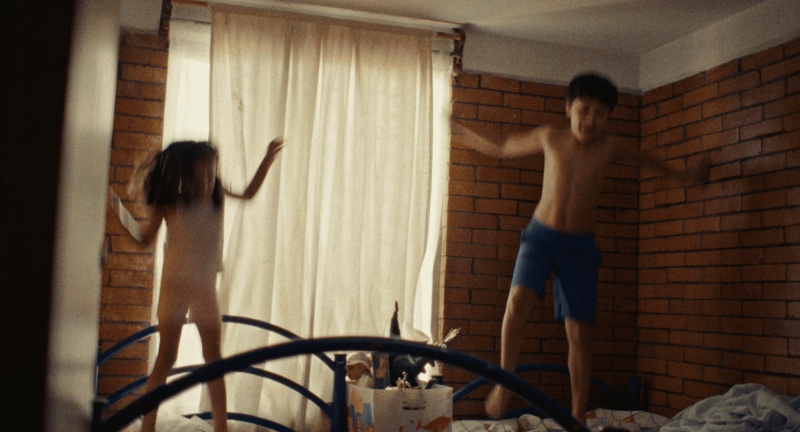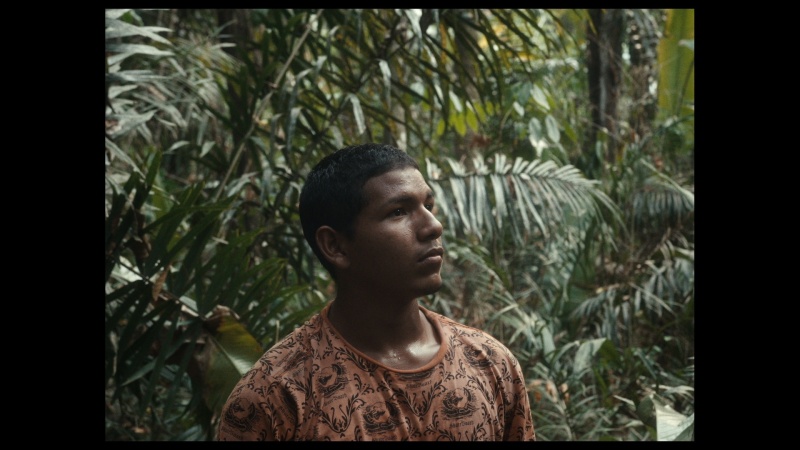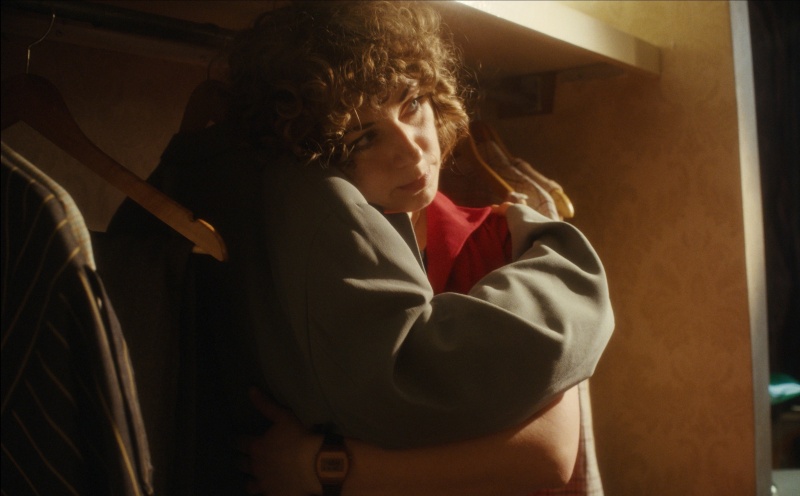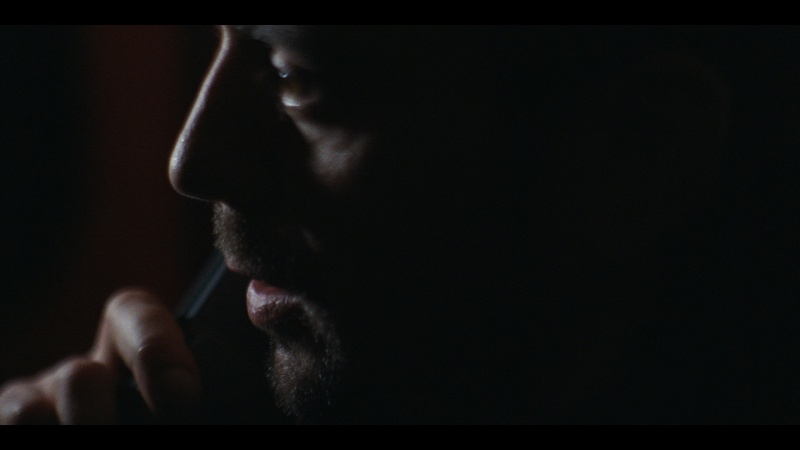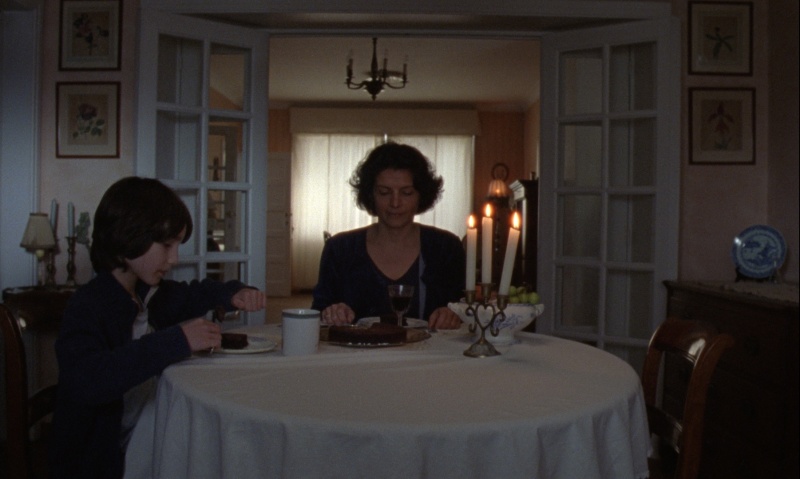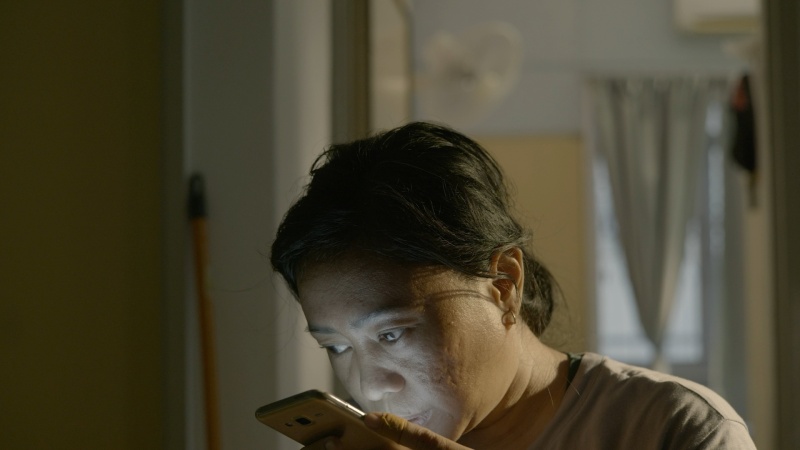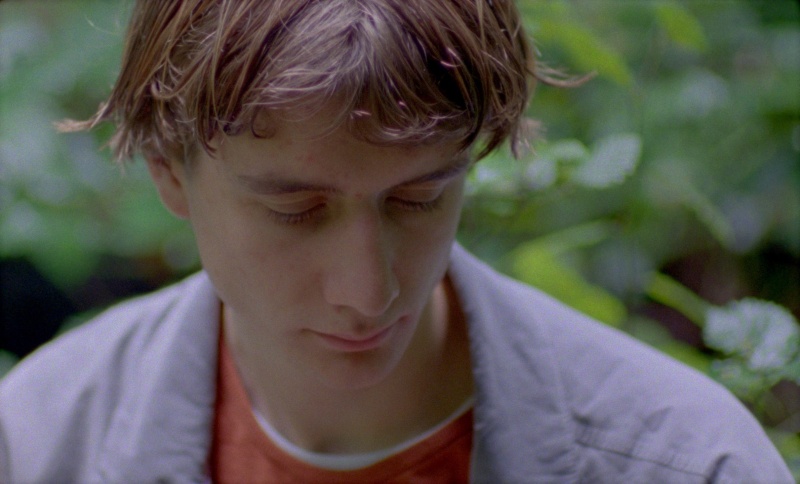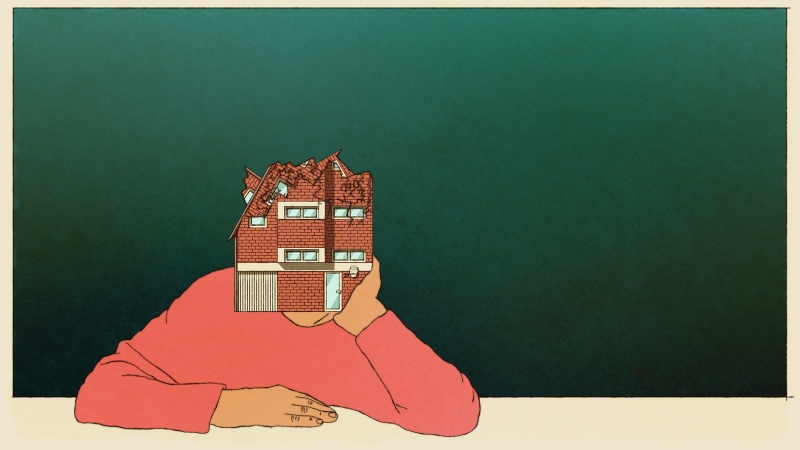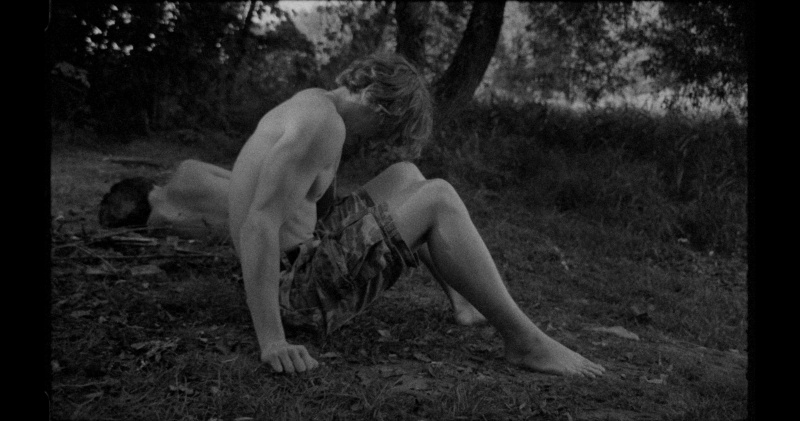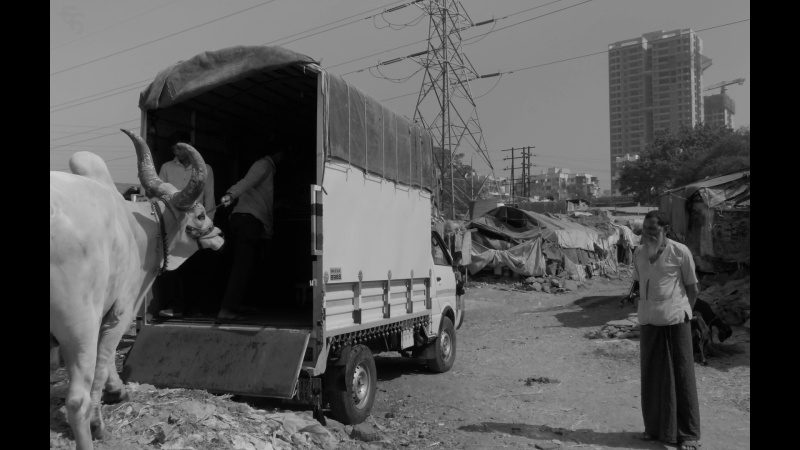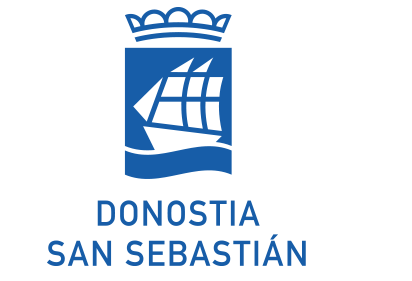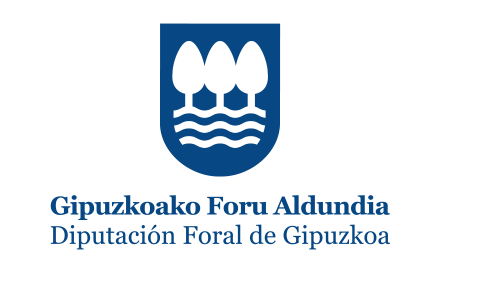The fourteen works selected come from schools in Belgium, France, Germany, India, Malaysia, Mexico, Slovenia, Spain, Sweden, Switzerland and the USA, and all will similarly compete for the Movistar Plus+ and Tabakalera Awards
A total of 473 films have been submitted for the 24th edition of the international meeting of film schools, a new record for the section
A total of fourteen short films will make up the Nest section, to which 473 proposals have been submitted from 220 schools in 57 countries. These figures create a new record of submissions in the history of the international meeting of film students at the San Sebastián Festival which, in its 24th edition, has selected works from schools in Belgium, France, Germany, India, Malaysia, Mexico, Slovenia, Spain, Sweden, Switzerland and the USA.
Nest displays the short films of students from film schools all over the world and provides a meeting space for the coming together of new points of view and alternative narrative forms. For a good number of young people this is the starting point of their career and their first contact with the audiences and industry of film. Amongst the more than 1,000 filmmakers to have participated in the meeting since its creation in 2002 are Leonardo van Dijl, Oren Gerner, Raven Jackson, Isabel Lamberti, Léa Mysius, Jerónimo Quevedo, Kiro Russo and Laura Wandel, all of whom have gone on to premiere their following works both in San Sebastián and at other prestigious festivals in the international circuit.
This is also the case of Diego Céspedes, the director of La misteriosa mirada del flamenco / The Mysterious Gaze of the Flamingo, winner of the Un Certain Regard Award at Cannes, programmed to screen in Horizontes Latinos, and of Jaume Claret Muxart, whose Estrany riu / Strange River will premiere in the Orizzonti section at Venice this week, prior to its showing in Zabaltegi-Tabakalera. Also programmed this year in the same section are the works by other participants in Nest, Paula Tomás Marques and Hanxiong Bo, who respectively previously premiered Duas vezes João Liberada / Two Times João Liberada and the short film No One Knows I Disappeared in Berlin and Shanghai. In addition, Roxana Stroe, who participated in two different editions of Nest, has been selected this year for the Europe-Latin America Co-Production Forum with the project for her first feature film, Houses Are Silent.
Nest is, therefore, a window to the cinema of the future as well as a starting point for the system of comprehensively backing the filmmakers who later join the EQZE as students, who participate in Ikusmira Berriak with their subsequent film projects and who come back with their films to show them to the audience at the San Sebastián Festival.
A window to observe from
The Nest selection of fourteen films opens a window from which to observe widely differing realities and concerns, in worlds near and far. The search for one’s own identity, sometimes despite the trauma, family relations, motherhood, reconciliation, the providing of care and mental health are some of the topics dealt with in these works. Said realities are approached from very varied proposals – animation, gender cinema, non-fiction, drama and essay – and are present in this selection serving as a snapshot of the way cinematic language is addressed at film schools all over the world.
The meeting will take place at the Festival’s 73rd edition, running from Monday 22nd to Friday 26th September. For five days, the fourteen selected candidates will show their works, attend talks between filmmakers and meet industry professionals. A purpose-created jury of students from the selected film schools and presided over by a professional from the film world will decide the winning project from amongst the chosen works of the NEST THE MEDIAPRO STUDIO Award, coming with 10,000 euros for the director of the winning film.
Professional training and access to the industry for young filmmakers are the objectives shared and promoted by Nest and THE MEDIAPRO STUDIO Master’s Degree, with which the San Sebastián has enjoyed a collaboration agreement since 2023 in its mission to identify and help new creative talent, as well as offering direct and professional access to the audiovisual industry.
This agreement offers the creative backing of THE MEDIAPRO STUDIO in developing their debut work by one of the finalist students, providing advice throughout the process. Similarly, the agreement guarantees the participation of ten students from the last edition of the Screenwriting Master’s Degree, who will attend all of the activities organised by Nest during the Festival as part of their training, with the aim of enabling their professional access to the audiovisual industry.
As a new feature this edition, the competition comes with two additional awards: the Movistar Plus+ Award for Best Short Film, consisting of the purchase of the rights to its broadcasting on the platform in Spain, and the Tabakalera Award, which offers a residency of three weeks during 2026 for development of the next project by the chosen director.
In addition, the SFC | Rendez-vous Industry, a professional short film forum organised by the Festival de Cannes, will offer selected Nest filmmakers the opportunity of registering their films free of charge as part of the curated market catalogue plus participation in the industry events taking place from 17-20 May, 2026 at the Cannes Short Film Corner.
As usual, during the students’ meeting, all of the short films to have won an award in the history of the section will screen non-stop in Tabakalera’s Medialab Studio. Entry is free.
Film and film schools, a season in collaboration with the EQZE
Zinemaldia + Plus, the programme with which the San Sebastián Festival participates in Tabakalera’s shared screen, will be dedicated in 2026 to the subject of film and film schools. Organised in collaboration with the Elías Querejeta Zine Eskola (EQZE), the season will include a selection of films which are either set in or around a film school, during this time of life or which have film students as their protagonists.
The ‘other’ cinema hypothesis
In the early days of the millennium, when Alain Bergala embarked upon the exciting and ambitious task of launching a project of art education and cultural action in the French education system, he introduce a revolutionary idea that broadened the way film was addressed and taught in the classroom: to stop teaching film as a mere illustrative instrument and to create another place of learning, more personal, assuming that the cinema, in as much as an art, cannot be taught and should instead be conveyed and experienced.
As that experience, immortalised in the treatise 'The Cinema Hypothesis', came of age, not so many kilometres from the French capital, another radical pedagogical and quite unusual initiative focused on the cinema was taking shape: an international film festival, a film archive and an international centre for contemporary cinema sat down to jointly create the concept of a unique film school, shunning market demands and Fordist logics and finally the urgency of making films, and which proposed, in innovative fashion and with a clear-cut experimental vocation, a focus on the three tenses of the cinema, from its creation, from its materialisation, from its investigation. Past, present and future contents, intertwined within the classroom walls.
Between both pedagogical experiences, an invisible thread: the retraining of teachers to adopt the Bergala-style figure of the passeur, the passer-down, the transmitter; the classroom as a passer-down and conveyor of images from generation to generation. And, between them, the possibility of the film screen also becoming a passeur of images related to cinematic pedagogy: 25 years after the French undertaking, the San Sebastián Festival, in collaboration with the school of the three tenses, the Elías Querejeta Zine Eskola, proposes, by means of the Zinemaldia + Plus annual focus, a tour of the history of film in seven films through the relationship between the cinema and its transmission. Just like Bergala’s pedagogical initiative, the focus broadens its proposal: films set in the film school, which record that time of life, but also films that are literally born from the class work, collective films, films that blur the border between the student and the creator, experiential films, as suggested by the French critic. As of January 2026, the cinema becomes the classroom and the classroom becomes the cinema.
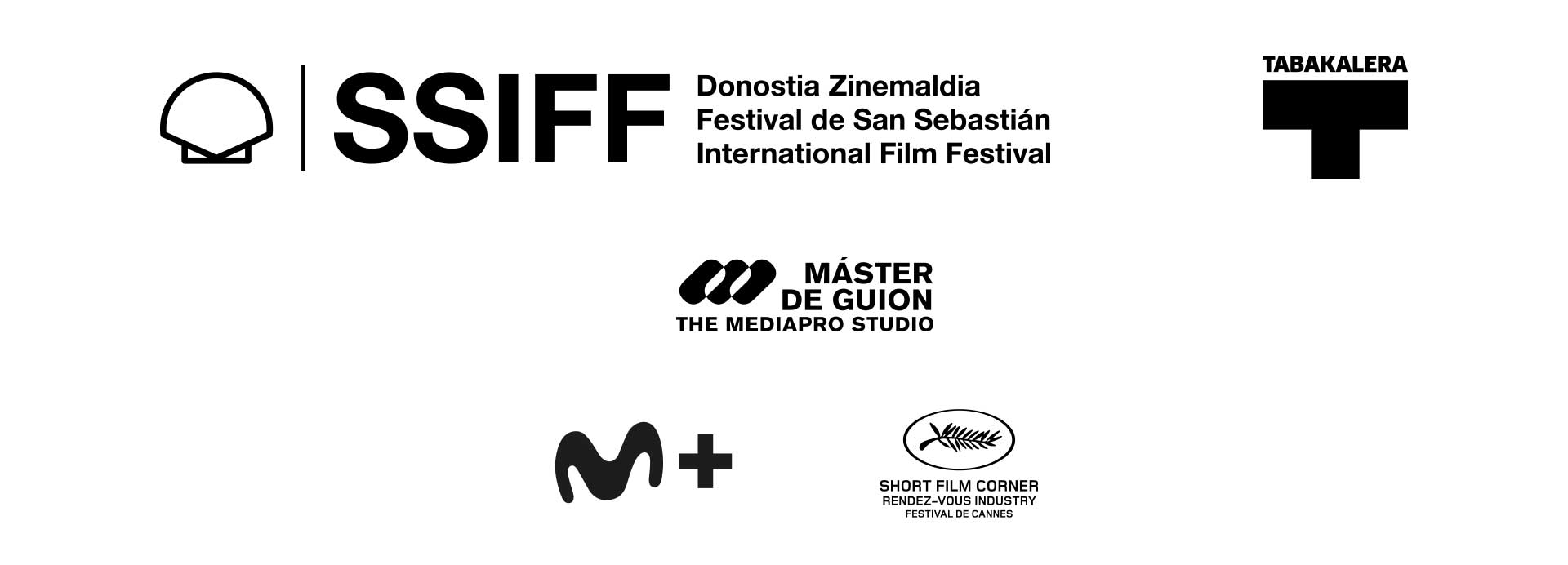
In a spa surrounded by mountains of salt, guests relax and sunbathe, while workers collect the glittering crystals under the sun. Children run off, escaping the watchful eyes of adults, and a woman drifts through this landscape in a haze, detached from reality. As night falls, the space transforms, shaped by the desires of those who pass through.
This film is about public space. This film is about the destruction of culture. This film is about fountains that have had enough. In this film, the fountains come to life, they become living beings, each one has its own character and tells a different story. They speak out so that people notice them, perceive them, take care of them. Their rebellion culminates in a protest. What would happen if fountains could talk?
Valentina, aged 5, and her brother Quique, 11, meet their father's other family and their lives are turned upside down on discovering that their half-sister is the same age as Valentina.
Every morning, Lucila, an 80-year-old indigineous healer in Brazil, switches on the radio, looks at the forest outside her house and asks herself: What will happen when we die, the forest and myself? As the forest fires close in on her home, she revives an old dream.
As Christmas approaches and the Paris Hotel in NYC fills with guests, an immigrant housekeeper, Boni, and her brother, the lobby clerk, are without a place to sleep. Secretly living in the hotel, Boni's need for rest tangles with a deeper curiosity - about the guests, the rooms, and the lives behind closed doors. When she discovers a disturbing notebook in a guest's room, her search for sleep is overtaken by an obsession with the lives around her and the things we keep hidden.
Ivan, a railroader in a train without passengers, crosses a sleepy land. His solitary life changes when he meets Lyudmila: a sleepwalker waiting tirelessly for her son's return.
A child, a hen house, dead leaves, a cake and a mother struggling with existence.
What remains of a mother after years of domestic violence? What remains of her body, her dignity and her strength? Surely words, memory and a few dance steps that can still be passed down.
Ika, a domestic worker in Malaysia, finds a sense of peace caring for her employer's child, Jane. Her world is shaken when a pocket dial from her daughter back in Indonesia reveals a painful secret: her child is terrified about a possible pregnancy. Ika finds a brief moment of respite while watching Jane rehearse The Giving Tree. Later that night, a video call with her daughter finally allows Ika to feel like a mother again, reaffirming the unbreakable bond between them.
Three young adults arrange to meet in the park via a dating app. The deeper they delve into the thicket, the more distant the world as it was before seems to become.
The life of almost 100-year-old Mrs. Miko unfolds like a collage, while her neighbour reflects on getting older. Animation and archive material bring back memories - as well as the mysterious disappearance of a mink coat.
In a Russian country house, two boys, Anton and Zhenya, shoot air rifles at bottles. Anton suddenly fires at a cat, shocking Zhenya. Their friendship becomes strained. That evening, Anton's father takes them to the river and recalls his own childhood, when he built a forest shelter together with a friend. As night falls, Anton tries to reconcile, but Zhenya rejects his friendship. The next day, at the bus stop, they part without speaking, their silence filled with unspoken tension and guilt.
In a fading nomadic settlement built on a former cremation ground, an aging bull, Shankar, spends his final day before being sent away, mirroring the quiet displacement of the Nandiwale people and their traditions.
Working at his emotionally distant father's mechanic shop, a resilient fifteen-year-old Cyrus struggles to accept the impending departure of his older sister Sammy, the only source of emotional support in his life. When he spots Sammy's old stolen dirt bike, he takes it upon himself to recover it, in the hopes that this may preserve their bond.

